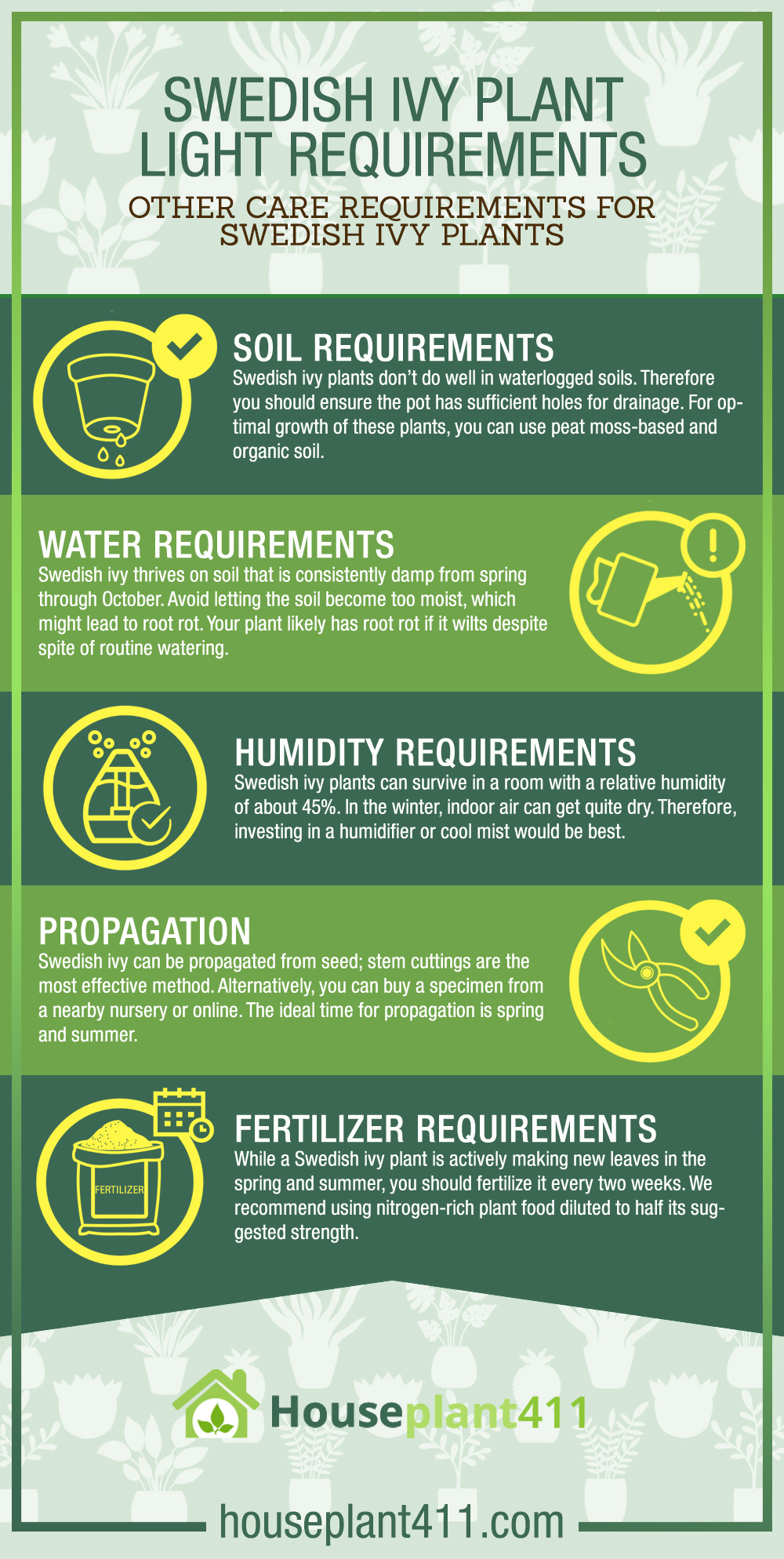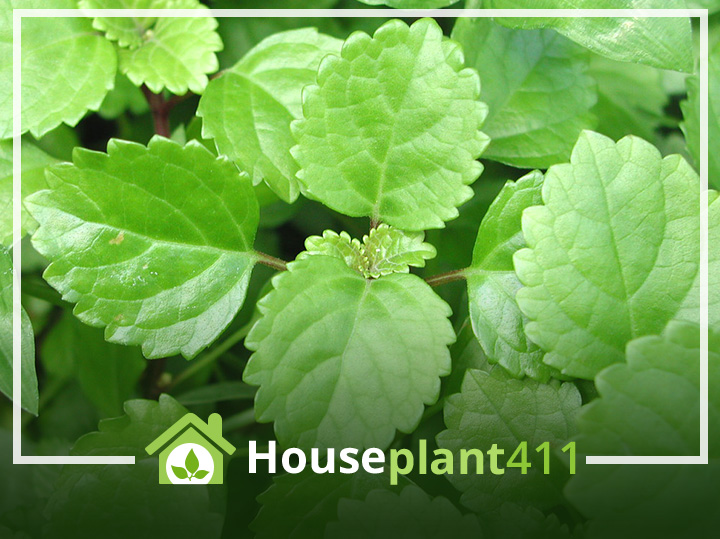The famous hanging basket houseplant, Swedish ivy (Plectranthus australis), is indigenous to the Pacific Islands and northern Australia. The plant’s gorgeous trailing habit is its most appealing feature. Many gardeners use it as a ground cover.
A Swedish ivy plant has glossy, scalloped-edged leaves. It produces lovely white booms throughout the summer, although they are less stunning than the plant’s leaves. Due to their low maintenance requirements, Swedish ivy houseplants are ideal for even inexperienced gardeners.
If you are wondering what the light requirements for a Swedish Ivy plant are, you’re at the right place. Keep reading to find out!
Swedish Ivy Plant Light Requirements
Every plant needs light for photosynthesis, the internal process that turns oxygen, light, and water into energy. This energy is necessary for plant development, the production of seeds, and blooms.
In case of inadequate light, plants cannot produce carbohydrates, and energy reserves run out, causing them to die. Therefore, taking care of a plant’s light requirements is the most important part of its care. They require 12 to 14 hours of indirect light daily.
Swedish Ivy Plants require bright but filtered or indirect light. These plants don’t do well in direct sunlight, so keeping them away from the sun is best. Although famous for surviving in all zones, the optimal temperature to promote their growth is between 60 and 65° F.
These plants enjoy the morning sun for a short period. In case of inadequate light, you’ll notice wider gaps between their leaves and leggy stems. If your plant gets too much sunlight, leaves appear yellow, limp, and dull. Ensure they receive between 4 and 6 hours of indirect sunlight daily to promote growth.
Indirect sunlight is created when something blocks the light’s path and filters or diffuses it before reaching your plants. You can filter the light using sheer curtains, planting tall trees, or placing larger plants in front of smaller ones.
Other Care Requirements for Swedish Ivy Plants
Soil Requirements
Swedish ivy plants don’t do well in waterlogged soils. Therefore you should ensure the pot has sufficient holes for drainage. For optimal growth of these plants, you can use peat moss-based and organic soil.
Water Requirements
Swedish ivy thrives on soil that is consistently damp from spring through October. Avoid letting the soil become too moist, which might lead to root rot. Your plant likely has root rot if it wilts despite spite of routine watering.
You can save the plant by taking healthy stem cuttings from the plants and propagating them to make new plants. However, you will have to get rid of the parent plant, as it is almost impossible for plants to recover from severe root rot. Moreover, you must carefully water the plant throughout the winter months when growth has slowed, but don’t let the soil completely dry out.
A Swedish Ivy should not be watered until the top 30% of the soil has dried up. Yellowing leaves are a common indication of overwatering. However, the leaves get softer and duller when a Swedish Ivy requires water.
Humidity Requirements
Swedish ivy plants can survive in a room with a relative humidity of about 45%. In the winter, indoor air can get quite dry. Therefore, investing in a humidifier or cool mist would be best.
Propagation
Swedish ivy can be propagated from seed; stem cuttings are the most effective method. Alternatively, you can buy a specimen from a nearby nursery or online. The ideal time for propagation is spring and summer.
Fertilizer Requirements
While a Swedish ivy plant is actively making new leaves in the spring and summer, you should fertilize it every two weeks. We recommend using nitrogen-rich plant food diluted to half its suggested strength. Alternatively, you can use a 10-10-10 Nitrogen, Phosphorus, and Potassium balanced liquid fertilizer. Avoid feeding the plant during winter when the growth has slowed down.

Final Word
Swedish ivy plants are an excellent addition to any space as they are easy to care for. These simple care instructions will help you take care of your Swedish ivy. Ensure your plant gets sufficient indirect sunlight for at least 4 to 6 hours daily for optimal growth.

